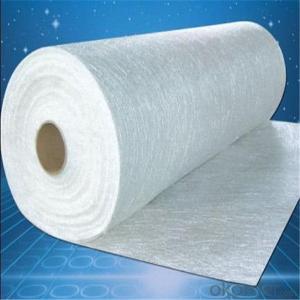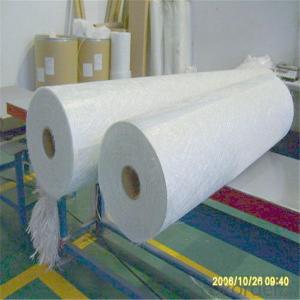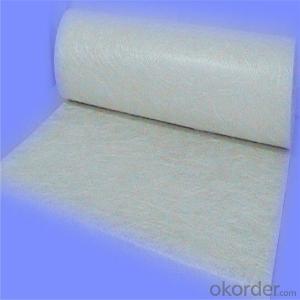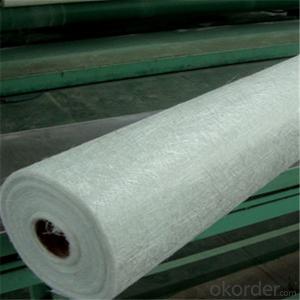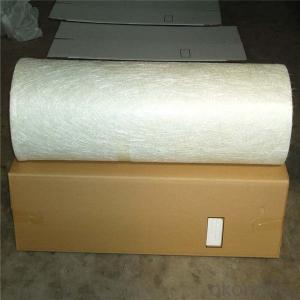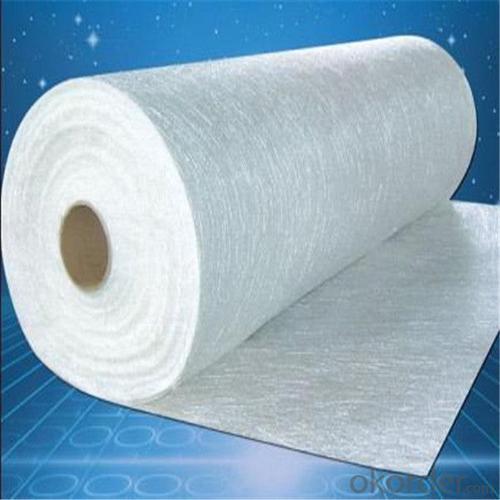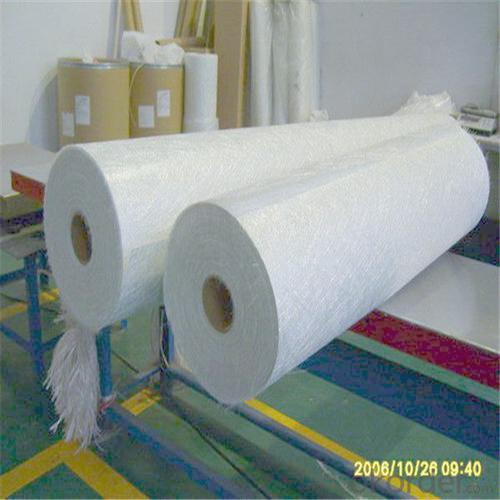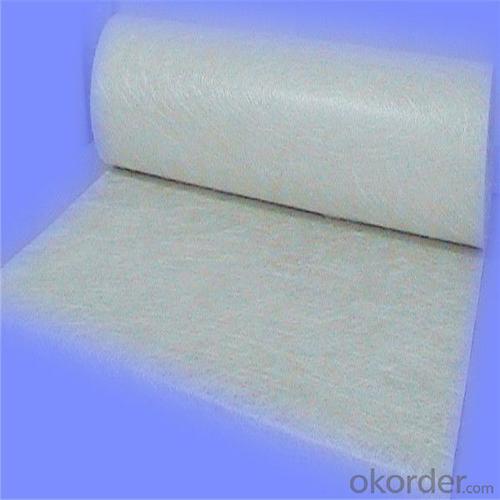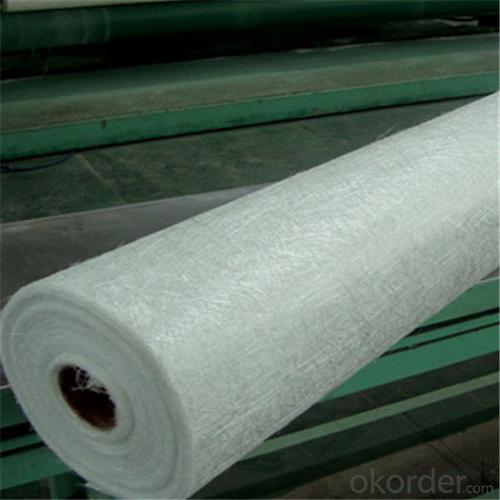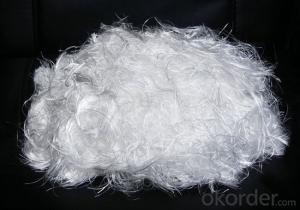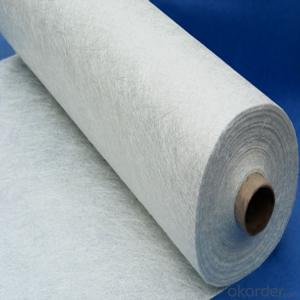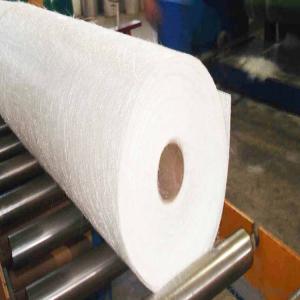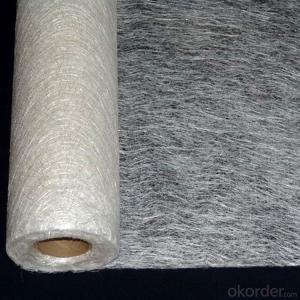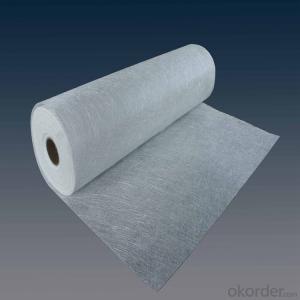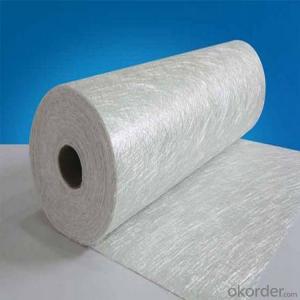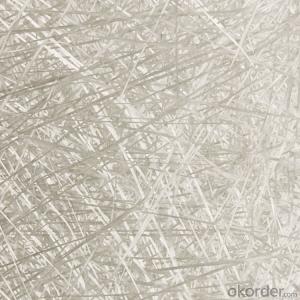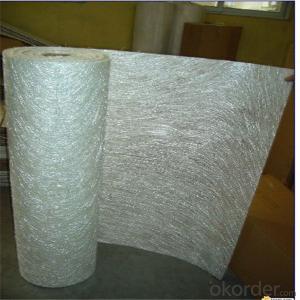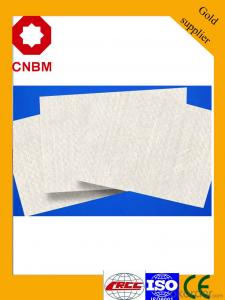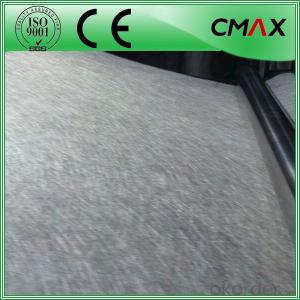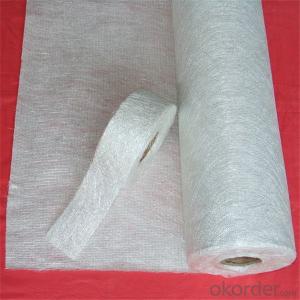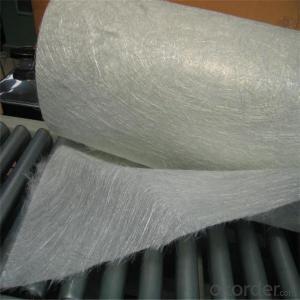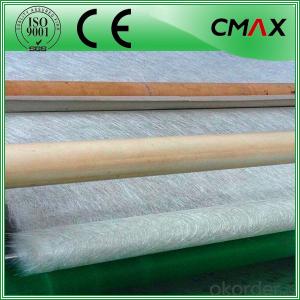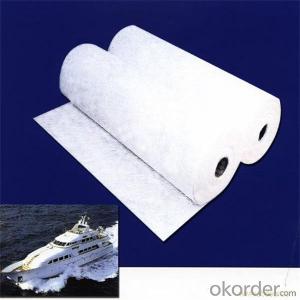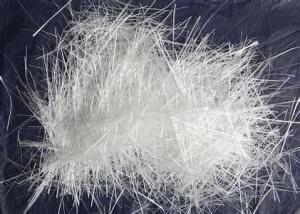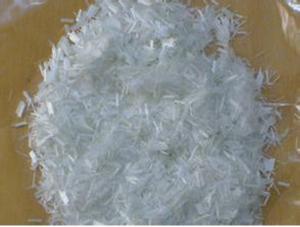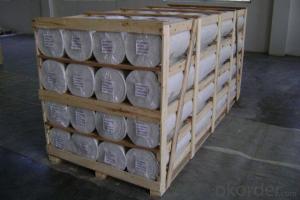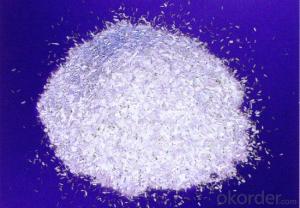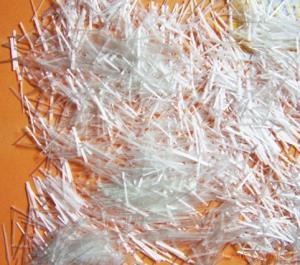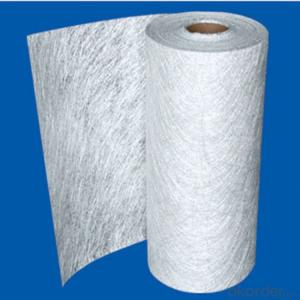Fiberglass Chopped Strand or Weave Mat for Boats - China Manufacturer
- Loading Port:
- Tianjin
- Payment Terms:
- TT OR LC
- Min Order Qty:
- 100 m.t.
- Supply Capability:
- 20000 m.t./month
OKorder Service Pledge
Quality Product, Order Online Tracking, Timely Delivery
OKorder Financial Service
Credit Rating, Credit Services, Credit Purchasing
You Might Also Like
Quick Details
| Technique: | Chopped Strand Fiberglass Mat (CSM) | Dimensions: | 450gsm | Mat Type: | Continuous Filament Mat |
| Fiberglass Type: | E-Glass | Softness: | softness | Place of Origin: | Jiangxi, China (Mainland) |
| Brand Name: | cnbm | Model Number: | 450gsm | color: | white |
| fiberglass type: | E glass | product: | e-glass powder chopped stand mats | binder: | powder or emulsion |
| width: | 1040 or 1270mm, as your requirement | weight: | 30 or 45kg/roll | paper tube diameter: | 90mm |
| outer diameter of roll: | 256mm | packing: | plastic film+carton box + pallet |
Packaging & Delivery
| Packaging Details: | plastic film+carton box + pallet |
| Delivery Detail: | 15-20days |
Specifications
1.e-glass powder chopped stand mats
2.binder:power or emulsion
3.width:1040mm or 1270mm
4.weight:450gsm
Picture
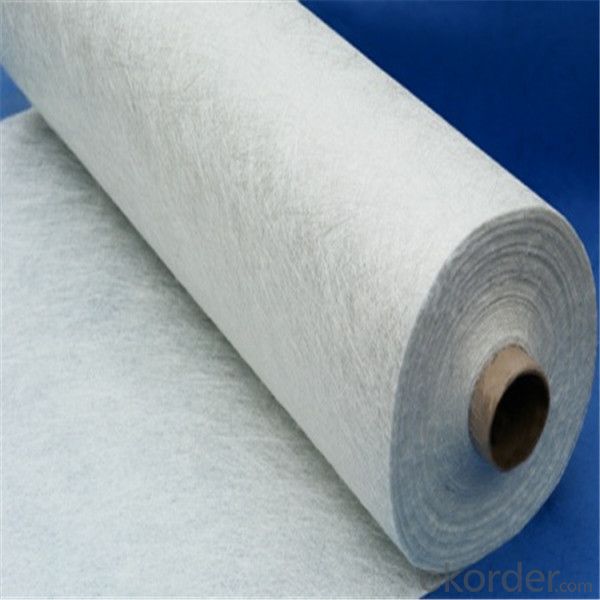
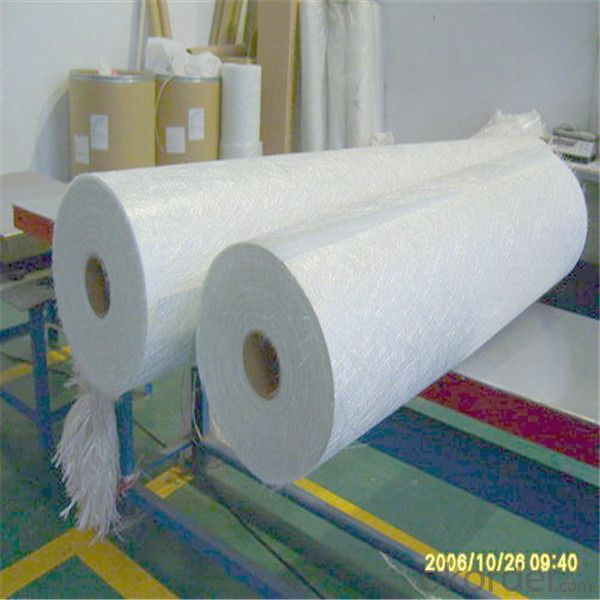
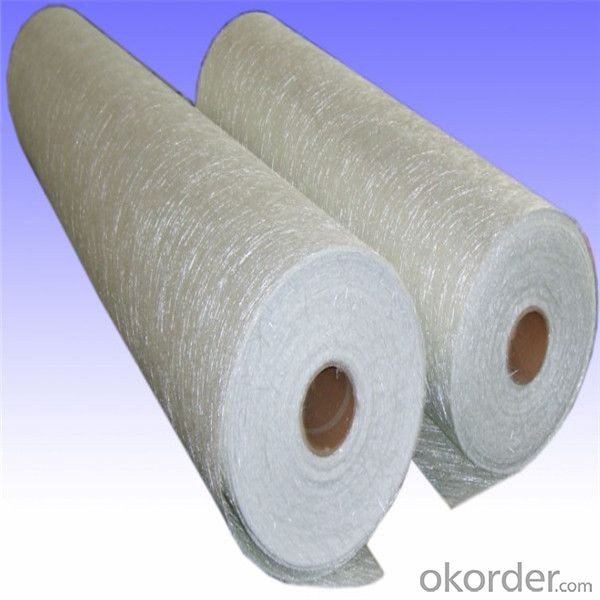
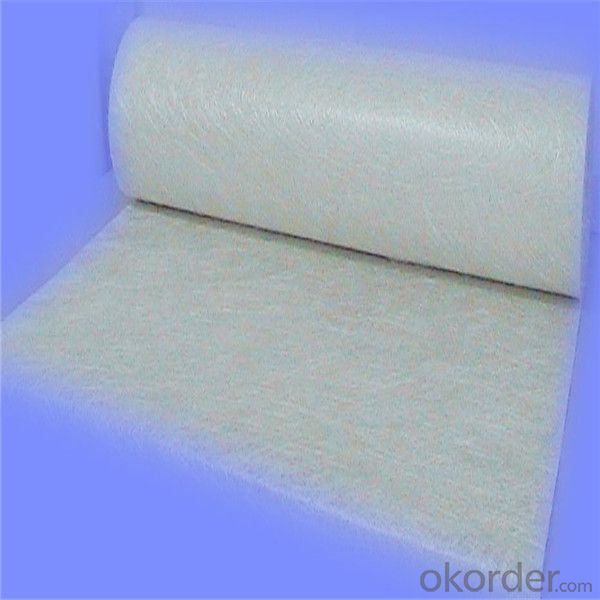
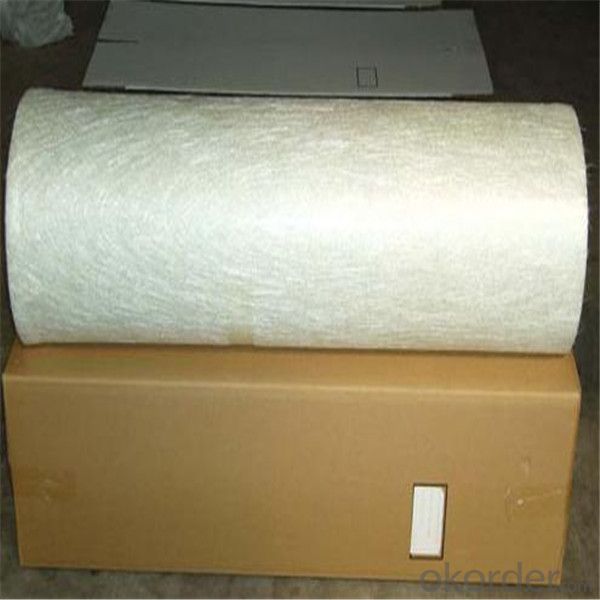
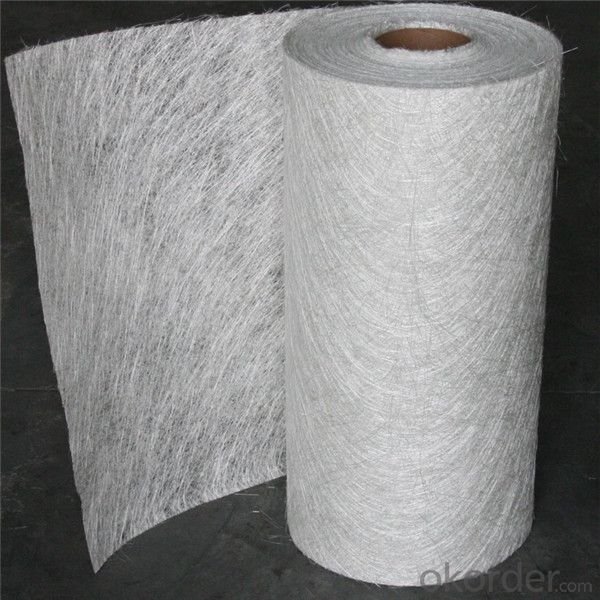
- Q: Is fiberglass chopped strand compatible with different repair techniques?
- Different repair techniques are compatible with fiberglass chopped strand. It finds application in a wide range of fields, including automotive repairs, boat repairs, and the construction industry. By mixing it with resin, a strong and durable composite material can be created, which is then suitable for repairing cracks, holes, and other damages. Additionally, it can be combined with other repair techniques, like layering it with fiberglass cloth or matting, to enhance its strength. All in all, fiberglass chopped strand is a versatile and compatible material that effectively serves various repair techniques.
- Q: Can fiberglass chopped strand be used in automotive interior components?
- Yes, fiberglass chopped strand can be used in automotive interior components. It is commonly used to reinforce various interior parts such as door panels, dashboard, and seat backs, providing enhanced strength and durability.
- Q: Can fiberglass chopped strand be used in the production of medical prosthetics?
- Fiberglass chopped strand is indeed applicable for the manufacturing of medical prosthetics. It serves as a reinforcing substance typically produced from delicate glass fibers and is commonly employed in composite materials. When producing medical prosthetics, fiberglass chopped strand can be integrated into the composite structure of the prosthetic limb or device to furnish additional strength and durability. This reinforcement bolsters the structural integrity of the prosthetic, granting it improved resistance against stress and wear. Moreover, fiberglass chopped strand can be effortlessly molded and shaped to meet the specific design prerequisites of the prosthetic, enabling greater customization and comfort for the patient. Nevertheless, it is crucial to bear in mind that the utilization of fiberglass chopped strand in medical prosthetics must adhere to relevant regulations and standards to guarantee the safety and efficacy of the final product.
- Q: How is fiberglass chopped strand incorporated into composite materials?
- Composite materials commonly include fiberglass chopped strand through a process called impregnation or wet lay-up. In this method, liquid resin, such as epoxy, polyester, or vinyl ester resin, is mixed with the chopped strands. The resin acts as a binding agent, holding the chopped strands together and providing strength and rigidity to the composite material. To ensure even distribution, the chopped strands are thoroughly mixed with the resin during the impregnation process. This can be done manually or using mechanical mixing equipment. The mixture is then layered onto a mold or surface, with additional layers of resin applied on top of each layer of chopped strands. This layering process builds up the desired thickness and strength of the composite material. Once the layers are set, the composite material is allowed to cure or harden, typically through a combination of time and heat. The resin undergoes polymerization, transforming from a liquid to a solid state. During this curing process, the resin binds the chopped strands together, creating a strong and durable composite material. Fiberglass chopped strand can also be incorporated into composite materials using other methods, including injection molding or compression molding. In these processes, resin pellets or powder mixed with chopped strands are heated and forced into a mold under pressure. This enables the production of complex shapes and parts with high strength and dimensional accuracy. Overall, incorporating fiberglass chopped strand into composite materials enhances their mechanical properties, making them suitable for various applications in industries such as automotive, aerospace, construction, and marine.
- Q: How does the orientation of fiberglass chopped strand affect its strength?
- The strength of fiberglass chopped strand is greatly influenced by its orientation. Fiberglass chopped strand consists of randomly oriented glass fibers held together by a sizing agent. When these strands are added to a composite material, their orientation can affect the overall strength of the final product. Typically, the strength of fiberglass chopped strand is determined by the alignment of the fibers with the applied load. Fibers that are aligned parallel to the load direction provide the highest strength as they effectively carry and distribute the stress. This is known as the longitudinal or axial direction. In contrast, fibers that are aligned perpendicular to the load direction, also known as the transverse direction, offer lower strength. This is because these fibers are less effective at resisting the stress and are more prone to breakage. Additionally, the transverse orientation can lead to delamination or separation between the fibers and the resin matrix, resulting in reduced overall strength. The presence of fiber misalignment or voids in the composite material can also impact the strength of fiberglass chopped strand. Non-uniform distribution or improper alignment of the fibers can create weak areas or stress concentration, diminishing the material's overall strength. To maximize the strength of fiberglass chopped strand, it is crucial to ensure proper fiber alignment and distribution within the composite material. This can be achieved through meticulous manufacturing processes, such as employing techniques for uniform and controlled fiber orientation, ensuring adequate resin impregnation, and minimizing the presence of voids or defects. In conclusion, the orientation of fiberglass chopped strand is a crucial factor in determining its strength. By ensuring proper fiber alignment and distribution, the material's ability to withstand applied stress can be enhanced, ultimately contributing to its overall strength.
- Q: What is air-jet spun yarn?
- No static electricity, it uses special treating compound to draw raw silk by silanecoupling agent. It also suitable for glass steel injection molding process, and it is formed by multiple folded. With good choppability, it can be used to enhance the thermosetting resin,
- Q: Can fiberglass chopped strand be used for reinforcing plastic parts?
- Indeed, fiberglass chopped strand has the capability to reinforce plastic parts. Comprised of small fibers that are randomly oriented, fiberglass chopped strand is commonly mixed with resin to create a composite material. This composite material possesses impressive mechanical properties, as it is both strong and lightweight, rendering it ideal for reinforcement purposes in plastic parts. During the molding process, the chopped strands are typically incorporated into the plastic resin, resulting in a fortified plastic part that exhibits heightened durability and resistance against impact or load-bearing forces. Moreover, fiberglass chopped strand has the ability to enhance the dimensional stability of plastic parts and provide increased resistance to temperature fluctuations. All in all, the utilization of fiberglass chopped strand for the reinforcement of plastic parts can substantially augment their strength and overall performance.
- Q: Is fiberglass chopped strand compatible with silicone resin?
- In general, silicone resin and fiberglass chopped strand are compatible. Silicone resins are renowned for their exceptional adhesion properties and ability to bond effectively with diverse materials, including fiberglass. The compatibility between the two relies on factors like the precise type and formulation of the silicone resin, as well as the surface treatment of the fiberglass. It is advisable to perform compatibility tests or seek guidance from the manufacturer to guarantee suitable adhesion and performance while utilizing fiberglass chopped strand with silicone resin.
- Q: How is the interlaminar shear strength of fiberglass chopped strand composites determined?
- The interlaminar shear strength of fiberglass chopped strand composites is determined through a standardized testing method called the short beam shear (SBS) test. This test is specifically designed to measure the shear strength between layers of laminated composites. The SBS test involves fabricating a small beam specimen from the fiberglass chopped strand composite material. This specimen is typically rectangular in shape, with a specific width, thickness, and length. The width and thickness of the specimen are chosen based on the specific requirements of the material being tested. During the test, the specimen is placed on two supports, creating a span. A load is then applied at the midpoint of the span, causing the specimen to bend. This bending results in shear stresses within the composite material. By measuring the applied load and the resulting deflection, the interlaminar shear strength can be calculated using the principles of mechanics. The interlaminar shear strength is typically reported as the maximum shear stress the material can withstand before failure occurs. It is an important property to evaluate the integrity and performance of fiberglass chopped strand composites, as it determines the material's resistance to delamination or separation between layers. The SBS test is widely used in the industry for quality control, material selection, and research and development purposes. It provides valuable information on the interlaminar shear strength of fiberglass chopped strand composites, allowing engineers and manufacturers to make informed decisions regarding the suitability of the material for specific applications.
Send your message to us
Fiberglass Chopped Strand or Weave Mat for Boats - China Manufacturer
- Loading Port:
- Tianjin
- Payment Terms:
- TT OR LC
- Min Order Qty:
- 100 m.t.
- Supply Capability:
- 20000 m.t./month
OKorder Service Pledge
Quality Product, Order Online Tracking, Timely Delivery
OKorder Financial Service
Credit Rating, Credit Services, Credit Purchasing
Similar products
Hot products
Hot Searches
Related keywords
